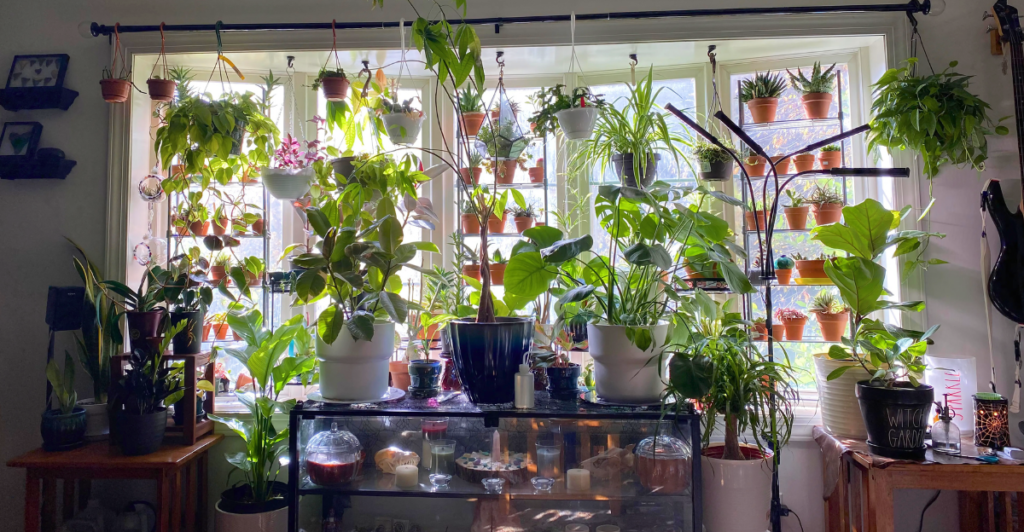
Plant lovers rejoice! Plant propagation is a fun process that allows you to expand your collection without spending a dime. It’s a perfect way to share plants with friends and family, and many houseplants are surprisingly easy to propagate.
From succulents to leafy greens, there are plenty of options for beginners. In this list, we will cover nine easy-to-propagate plants, providing step-by-step instructions and tips for successful propagation.
Whether a seasoned gardener or just starting out, these plants are ideal for everyone who wants to grow their greenery.
1. Holiday Cactus
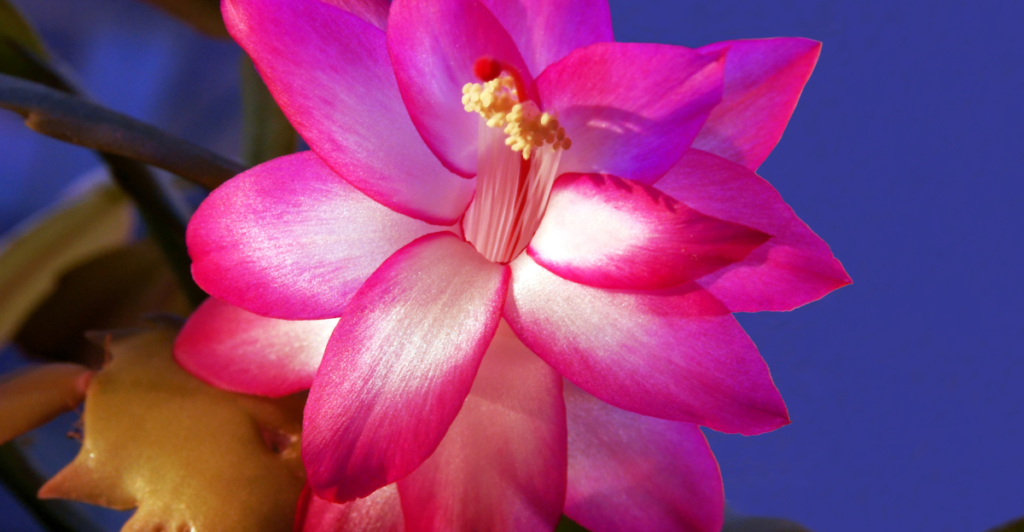
Holiday cacti, including Thanksgiving, Christmas, and Easter varieties — are long-lived and great for propagation. To propagate, break off 2–3 pieces of flattened stem segments and leave to dry overnight.
Then, push these cuttings into a moistened potting mix. To speed up the process, put several cuttings into the same pot. They flourish for decades, which makes them ideal for sharing with others.
With proper care, these plants can bloom beautifully for their respective holiday seasons, adding a festive touch to any room.
2. Pothos
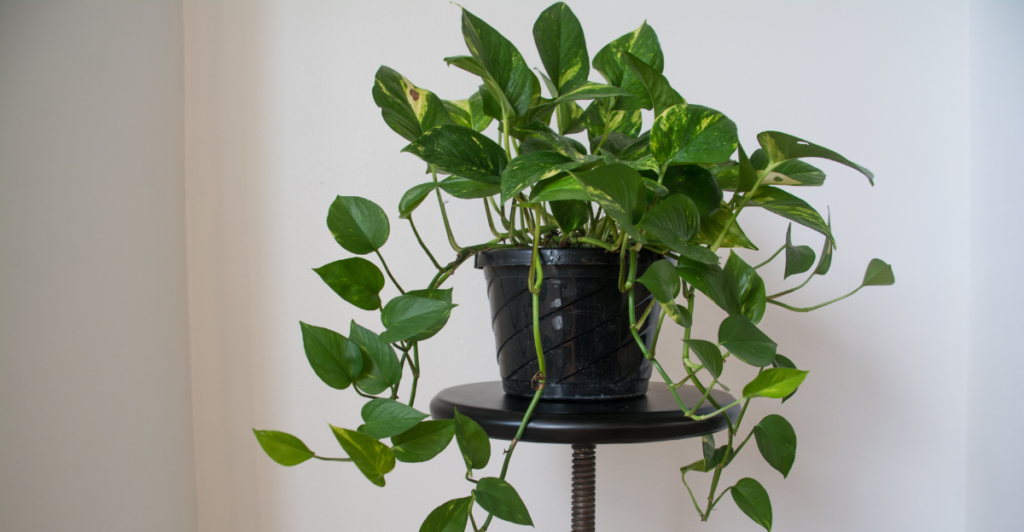
Pothos is one of the most popular and easiest plants to propagate. It can be found in a variety of environments and can be rooted in both water and soil.
To propagate, take a few-inch-long cutting with several leaves, making sure it includes a node. Place this cutting in moist potting mix or water.
Keep the soil damp or replace water weekly so it does not stagnate. Pothos is versatile and can grow in bright, indirect light conditions, making it perfect for indoor spaces. Its heart-shaped leaves add a touch of elegance to any room.
3. Heartleaf Philodendron
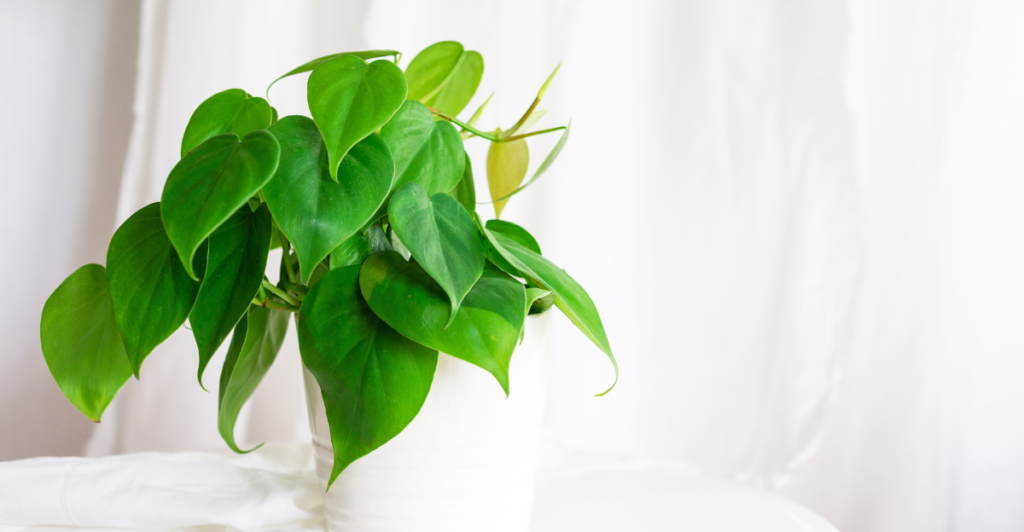
The Heartleaf Philodendron is just as easy to propagate as Pothos. Cut a few inches long with a couple of leaves, but be sure you include a node.
Break this into sections and push it into moist potting mix or root it in water. This plant prefers moderate to bright, indirect light and should be watered when the surface of the soil feels slightly dry.
This plant is the perfect choice for beginners due to its simplicity and fast growth rate. It can also trail beautifully, making it ideal for hanging in baskets or placing on shelves.
4. Snake Plant
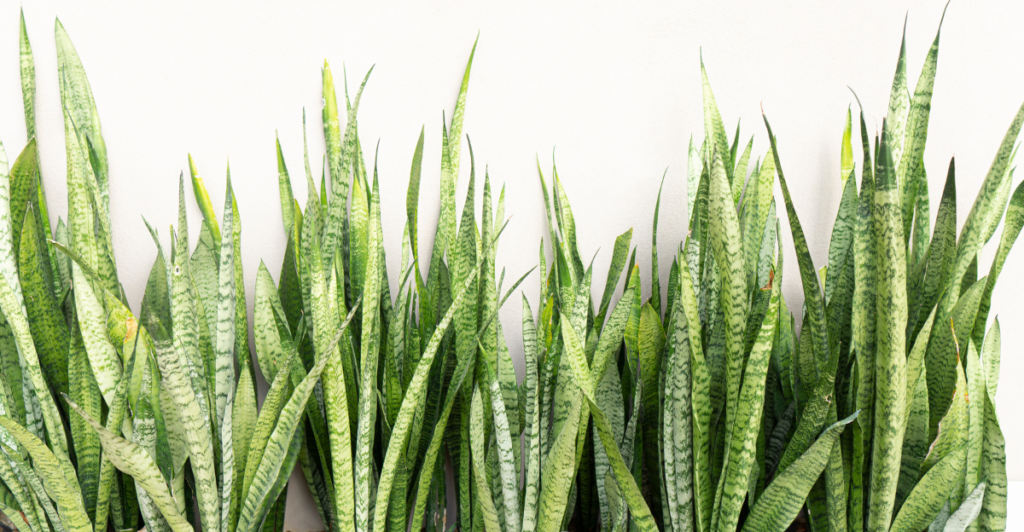
Snake Plants are known for their striking architectural form and low-maintenance care requirements. Propagation is straightforward: take a whole leaf or cut it into sections about 2-3 inches long.
Plant these sections in moist potting mix at a depth of about half an inch. Snake Plants do well in low to bright, indirect sunlight, and they should be watered sparingly, allowing the soil to almost dry out between waterings. Their ability to purify the air makes them a popular choice for indoor spaces.
5. String of Pearls
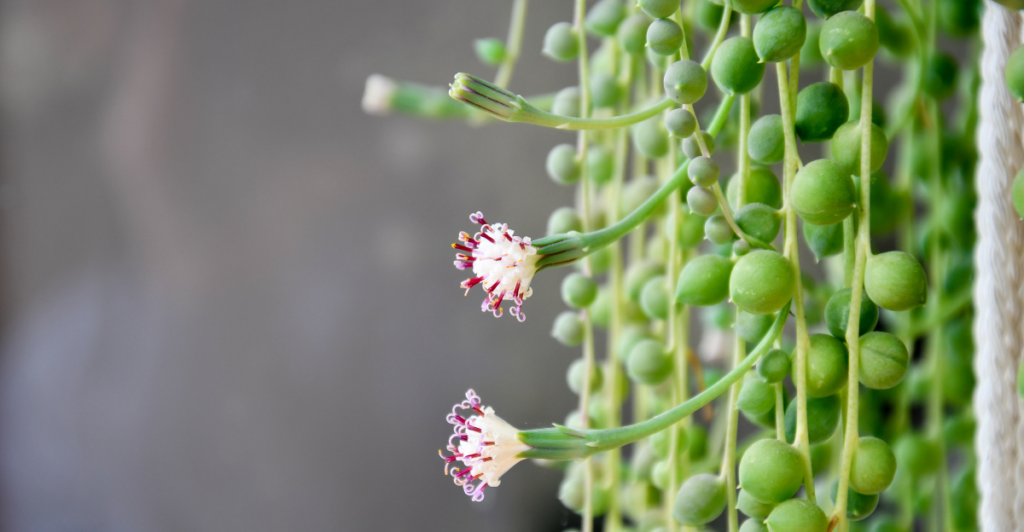
String of Pearls is a succulent that propagates easily. Simply take a stem and let it dry slightly before planting it in moist potting mix.
If you prefer, you can skip the drying step. This plant likes bright, indirect light and should be watered when the soil is mostly dry.
It is excellent for filling in leggy plants by taking several cuttings. Its unique, trailing foliage is popular among succulent lovers, and adds a decorative touch to any room.
6. Monstera
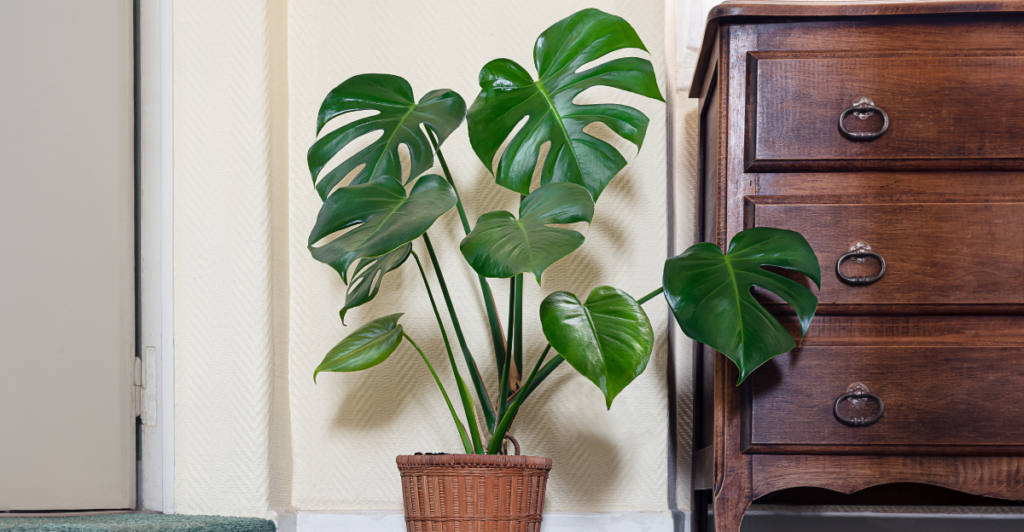
Monstera plants are a little trickier but still pretty easy to propagate. Take a stem cutting with at least one node and several leaves. To facilitate quicker growth, dip the cut end in a rooting hormone.
Then, plant it in moist potting mix. You can also root it in water before transferring it to the soil. Monstera likes bright, indirect light, and it is best to let the top layer of soil dry before watering. The unique holes in its leaves make it a stunning indoor houseplant.
7. Tradescantia zebrina
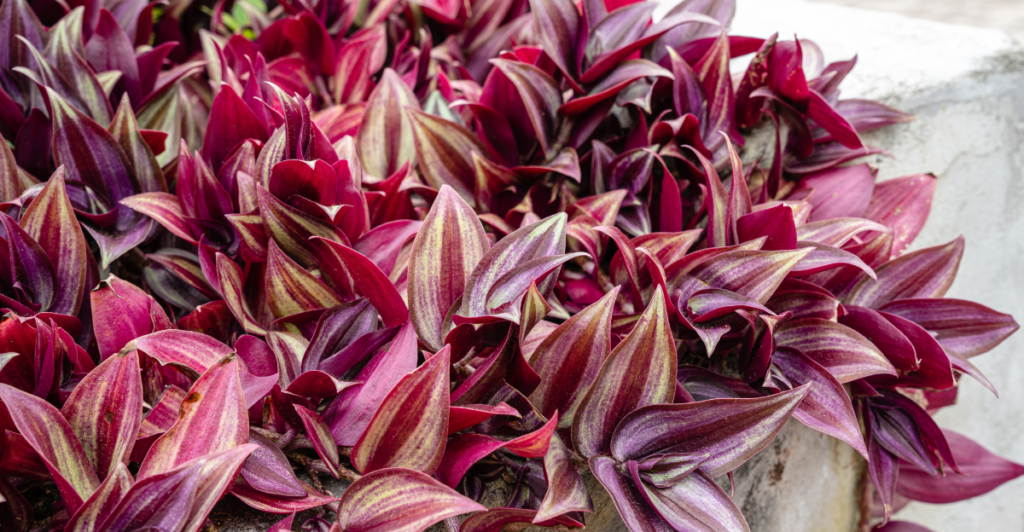
Tradescantia zebrina, also known as Wandering Dude or Silver Inch Plant, is colorful and easy to root in water. Take a cutting a few inches long, place it in some water with bright, indirect light.
Once roots have formed, pot into moist potting mix. This plant thrives in bright, indirect sunlight and should be watered when the top layer of the soil is dry. Its colorful leaves make it an excellent choice for adding a pop of color to indoor places.
8. Pilea
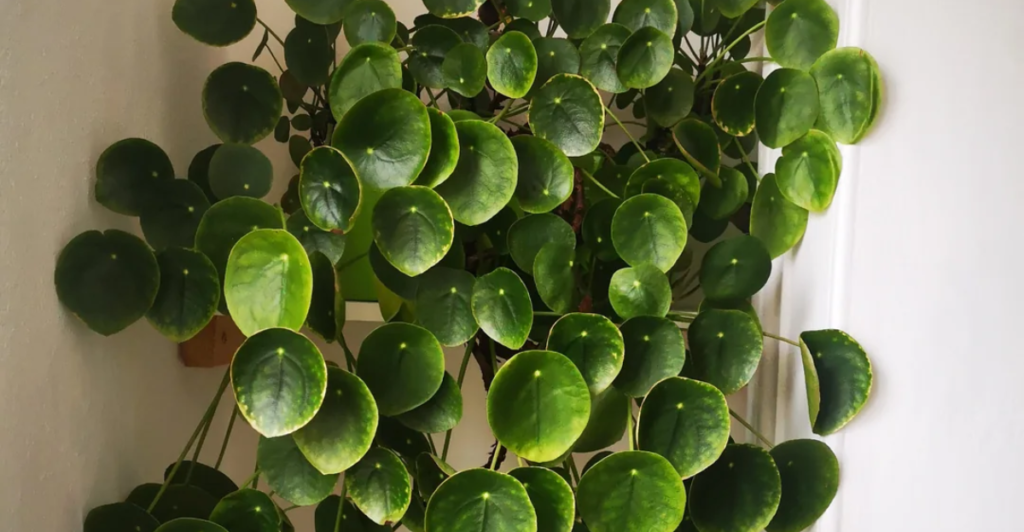
Pilea, or the Coin Plant, propagates by producing small “babies” around its base. Use a knife to gently lift these babies, checking for roots.
If they have roots, you can cut them away from the mother plant and pot them up in moist soil mix, watering lightly.
Pilea prefers bright, indirect light and should be watered when the soil is mostly dry. It’s a slow to moderate grower, but its round leaves make it a delightful addition to any room.
9. Aloe Vera
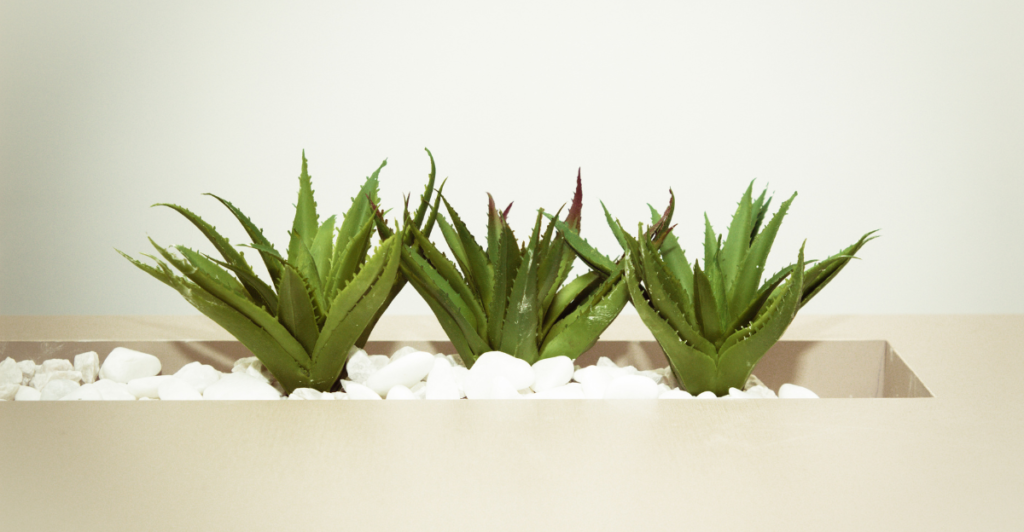
Aloe Vera is another easy one to propagate. You can either trim off the pups (baby plants) that sprout around the base of the mother plant or take a stem cutting.
For stem cuttings, pull a single leaf from the plant and place it in potting mix. While this method can take some time to produce roots, it’s a great way to salvage leggy plants.
Aloe Vera should be kept in bright, indirect light, and should be watered once the soil is mostly dry. It is widely recognized for its healing properties and low maintenance, making it a favorite in indoor gardens.
Explore more of our trending stories and hit Follow to keep them coming to your feed!

Don’t miss out on more stories like this! Hit the Follow button at the top of this article to stay updated with the latest news. Share your thoughts in the comments—we’d love to hear from you!
